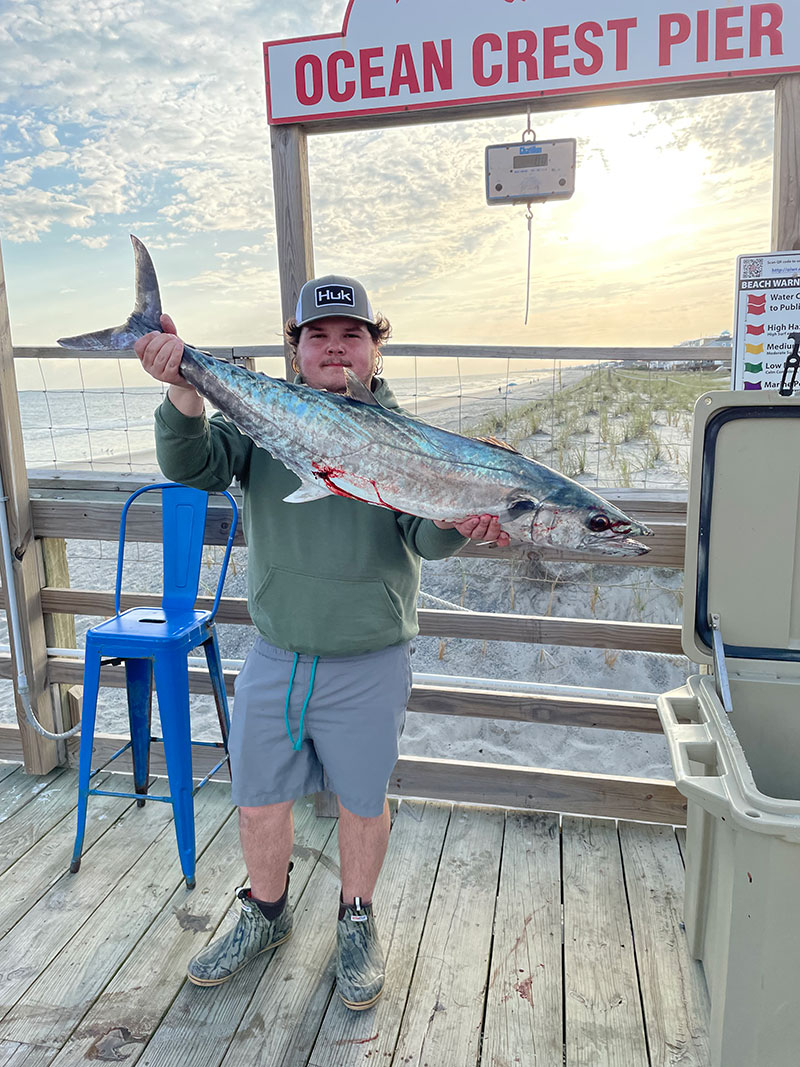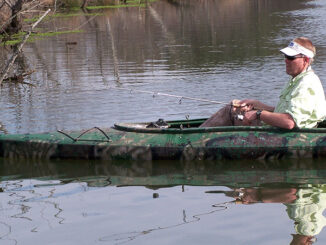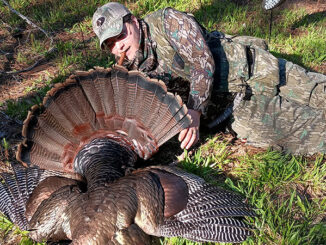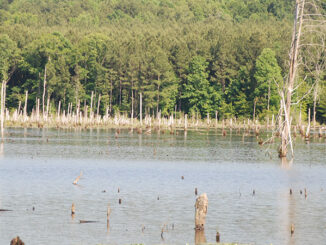
King mackerel fishing heats up in October
A kingfish angler on a center console might get a dozen bites in a single king mackerel trip. But a hardcore pier angler might get only two or three viable shots at a good king all season long.
Based on how kingfish show from Hilton Head to Nags Head, October usually represents the best month to get one of those shots. Simply put, it’s time to make them count.
Anglers chasing kings from piers need a good trolley rod to be able to throw a sand anchor as far as possible, making the line’s angle to the water as shallow as it can be. You also want it to be stiff enough to keep the line (preferably braid) fairly taught as you deploy your bait down that line. Many people are using big, surf style, spinning rods for this purpose, and many have success with them.
I generally prefer “West-Coast style” surfcasting rods and reels, because, with a bit of practice, you can cast farther and more accurately than with spin tackle.
The rods are generally a bit longer and have a bit more backbone as well, so it’s almost like they’re purpose built for this.
With fighting rods, everyone has their own preference. I favor a TLD-20, spooled with 55-pound Power Pro, and a 7-foot kingfish rod with a slower tip than most king rods would feature, but that’s a personal preference. It’s a heavier setup than I would bring offshore, but due to the nature of this fishery, it must be.
I have seen just about every configuration on a pier when it comes to trolley release clips. Some are so rudimentary that paperclips are in the system. Some are so complex that they have roller guides.
Keep it simple
I gave up trying to buy the perfect one many years ago. Simple generally works best, so I went with that and just made a bunch of the ones that work best for me. I bought a bunch of old wooden clothespins with the spring in the middle. I drill the handle on each as close to the center as I can at the top (non-pinching) end on both sides and run a shot of 80-pound PowerPro through the holes. I thread on a cheap foam float and then join the two ends of the PowerPro to form a loop, then I loop on a snap swivel that forms the very top of the system, that clips onto the trolley line.
I want to have enough slack in the loop to allow me to open and close the pin onto the actual swivel that goes to the leader on my fighting rod, and I can control tension here by using a rubber band wrapped around the tip of the clothespin.
With smaller baits, like menhaden or pinfish, I want a bit less tension holding that swivel in place. With bigger baits, like a frisky mullet or (my all-time favorite king bait) a bluefish, I want more tension so that the bait itself doesn’t pull too hard and pop the clip loose prematurely, causing you to have to reset your gear.
The leader is key
The leader that you engineer for this purpose is the cornerstone of the entire system. When you get that magical bite that pops the pin, you simply MUST feed the fish a mouthful of hooks.
Baits hooked through the nose on No. 6 trebles work just fine from a boat, but they don’t hold in this type of king fishing. I start with No. 2 trebles, and sometimes I even get bigger than that. The bigger hooks allow you to push a bit more drag from the reel, and that certainly helps to sink them home.
I tie all my pier rigs with stranded cable to look like an upside down “T.” The main leader cable runs from the swivel to the center hook in the rig. This gives me a straight line from the swivel to the center of the bait’s back, allowing them to swim in a restricted circle on the surface of the water after they are deployed, right until they get bit. At least two other trebles are on the rig, at least one in front of, and one behind that center hook.
I snell those hooks in place with the cable and then they are secured to the center hook as well, keeping the hooks from sliding.
Gaff it
Chances are at least one of those hooks is going to end up in the king’s mouth (or snag in the side of its head) during the fight. I just like to think of that as insurance. What I don’t want is a lot of moving pieces at this point. I want to get the hooks in the fish and then be able to hang on.
Don’t get me wrong. It’s still possible to lose a king hooked from a pier in various ways, even with the perfect setup.
And when you get these fish played down and worn out, gaffing a king from a pier is no easy task. Plenty of sharks are in the zone that you are fighting your king.
Still, you want to limit variables as much as you possibly can if you want that trophy on your wall, not to mention the table. Getting a good pin release on a properly presented and rigged bait, followed by filling that fish’s mouth full of hooks is a good step toward pier king fishing success.
The Release:
The author keeps it simple when building his trolley release, which he crafts from easy-to-find products like wooden clothes pins, snap swivels and styrofoam floats.




Be the first to comment